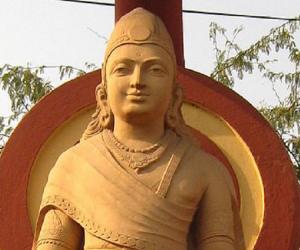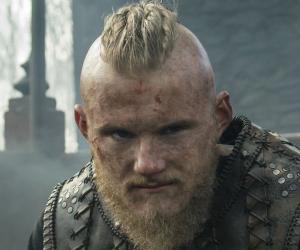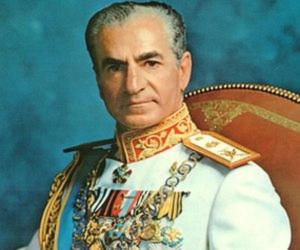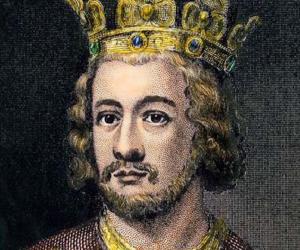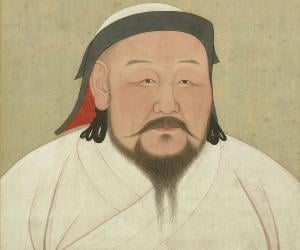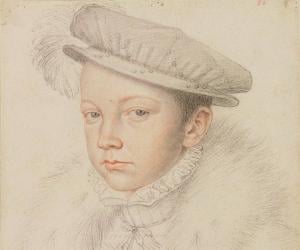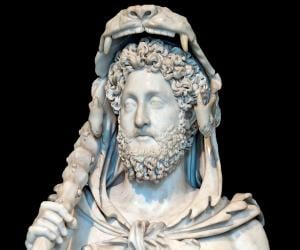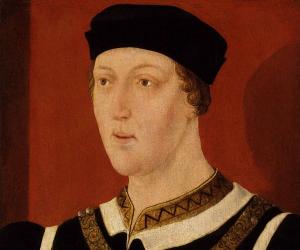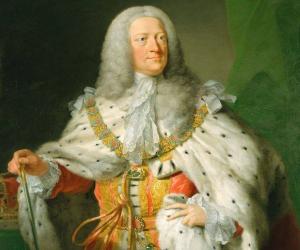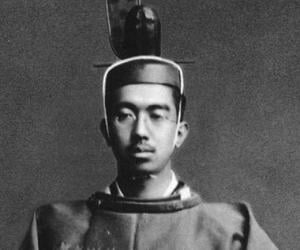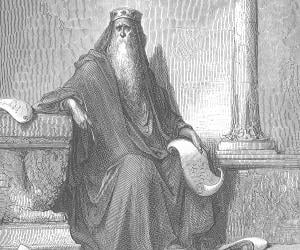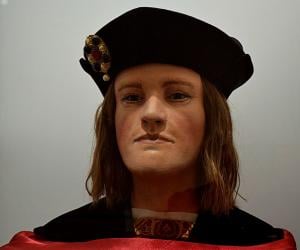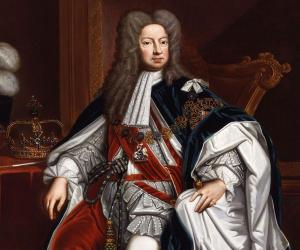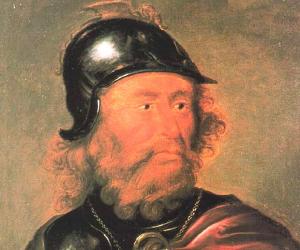Chandragupta Maurya, who founded the Maurya Empire, was one of the most important rulers in the history of India. He is credited with unifying small independent states to form a large single kingdom for the first time under one administration, excluding Kalinga and the Tamil regions of Chera, Chola, and Pandya. He successfully overthrew the Nanda dynasty, which ruled most of northern India, at the young age of around 20. Along with his chief advisor and Brahmin scholar Chanakya, he gained control of the Macedonian territories and negotiated a treaty with Alexander’s general Seleucus I Nicator to add them to his empire. His empire stretched across Kashmir in the north to the Deccan Plateau in the south and from Afghanistan and Balochistan in the west to Bengal and Assam in the east. Nevertheless, he voluntarily left his throne and accepted Jainism, moving southwards to Karnataka. His grandson, Ashoka, followed his footsteps in completing the pending conquest of Kalinga in 261 BCE. While Ashoka was initially highly cruel and fierce, Chandragupta, on the other hand, was far less bloodthirsty.
Quick Facts
Also Known As: Chandragupta
Died At Age: 43
Family:
Spouse/Ex-: Durdhara
father: Sarvarthasiddhi Maurya
mother: Mura Maurya
children: Bindusara
Born Country: India
Emperors & Kings Indian Men
Died on: 297 BC
place of death: Shravanabelagola, India
Founder/Co-Founder: Maurya Empire
Childhood & Early Life
Chandragupta Maurya was born in 340 BC, in Pataliputra, in modern-day Bihar. His background is, however, uncertain. Some claim that he was born to a Nanda prince and his maid-servant, Mura, from the Shudra caste, while others state that he belonged to the Moriya tribe of Peacock-tamers.
Being a brave and determined leader since childhood, he was very well guided by Chanakya, a great Brahmin scholar of economics and political science at Takshashila University, who later became his mentor.
Accession & Reign
He raised an army with assistance from Chanakya, who went on to become his chief advisor and prime minister after establishing the Maurya Empire.
Chandragupta was able to overcome the Nanda army after a series of battles and finally laid siege of Patliputra, the capital city. The conquest of the Nanda Empire enabled him to lay the foundation of the Maurya Empire in North India at the young age of 20.
After Alexander’s death in 323 BC, his empire was divided into three satrapies among his generals, with the Macedonian territories, including Punjab, falling under the control of Seleucus I Nicator.
Since Seleucus was busy on the western borders, Chandragupta took this opportunity to attack and assassinate two Macedonian satrapies, Nicanor of Parthia and Philip, son of Machatas.
After defeating Seleucus, Chandragupta signed a peace treaty with him, according to which he got hold of Punjab in exchange of 500 war elephants.
With most of the northern parts of the Indian subcontinent under his rule, he moved southwards conquering independent Indian states in the Vindhya Range and Deccan Plateau by 300 BC.
While he succeeded in unifying most of the Indian subcontinent, he failed to annex Kalinga (modern-day Odisha) on the east coast and the Tamil kingdom on the southernmost tip, which was eventually done by his grandson, Ashoka.
According to Megasthenes and Strabo, he is believed to have raised an army of 400,000 soldiers, while Pliny reported the figure to be 600,000 foot-soldiers, 30,000 cavalry and 9,000 war elephants.
Major Battles
After a series of unsuccessful attempts, he defeated the forces of Dhana Nanda and his army commander, Bhadrasala, in 321 BC, thereby ending the Nanda Dynasty and conquering its capital, Pataliputra.
With a view to further expand his empire, he set his eyes on eastern Persia and successfully invaded it in 305 BC, and captured areas including Hindu Kush, modern-day Afghanistan and Balochistan in Pakistan.
Achievements
By conquering most of the Indian subcontinent, he went on to establish one of the largest empires in Indian history, extending from Central Asia in the west to Burma in the east and Himalayas in the north to Deccan Plateau in the south.
Personal Life & Legacy
He married Seleucus’ daughter, which further enhanced his friendly relations with the Hellenistic kingdoms apart from improving India’s trade with the western world.
He abandoned his throne and converted to Jainism, eventually becoming a Muni under Shrutakevali Bhadrabahu with whom he traveled to Shravanabelagola (in modern Karnataka), where he meditated and fasted to death in 298 BC.
He was succeeded by his son, Bindusara, who was later succeeded by his grandson, Ashoka who became one of the most influential rulers of ancient India.
Facts About Chandragupta Maurya
Chandragupta Maurya was said to have been trained in warfare and statecraft by the famous teacher Chanakya, also known as Kautilya or Vishnugupta.
Legend has it that Chandragupta Maurya was so fond of mangoes that he established an entire mango orchard for his personal enjoyment.
Chandragupta Maurya was known for his keen interest in astrology and was believed to have consulted astrologers regularly for guidance in decision-making.
Chandragupta Maurya was a patron of the arts and literature, with his court attracting renowned scholars and poets of the time.
It is said that Chandragupta Maurya was a skilled archer and horse rider, often showcasing his prowess in these activities to his courtiers and subjects.


